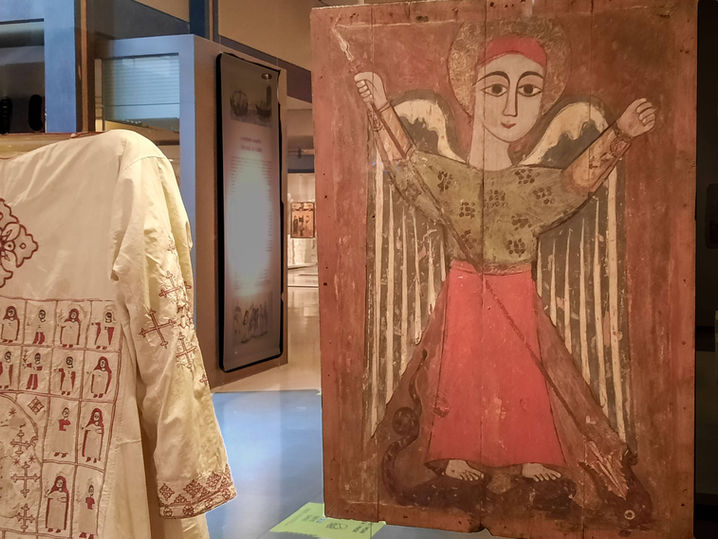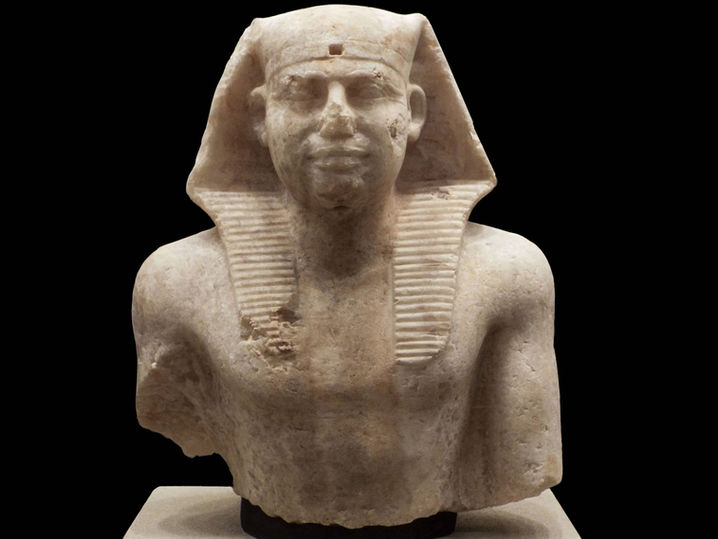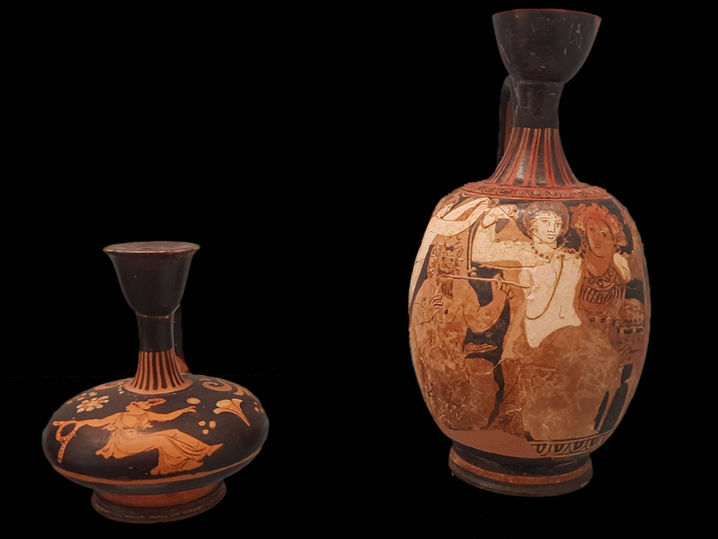Well-structured city-States were welcomed into the 5th century, a Golden Age, at least for those in power. Shrewd and inventive leadership had catapulted Athens into the political driver's seat in much of the Hellenic space, especially in the Aegean basin and the coast cities of Asia Minor populated by fellow-Ionian tribe members. Having managed to push back the Persian invasions of 490 and 480 BC, the Athenians had now the time of their life, in gold and glory. And in arrogance and deceipt, to the extent that Sparta and other cities which had rallied under Athenian command to fend off the Persians, had had enough. The Peloponnesian Wars broke out in 431 BC, but in the meantime, Greece and particularly Attica had probably lived the most productive period of all Antiquity, in art, architecture, science, philosophy and literature. The rise of the Makedonian kingdom in the 4th century prolonged the effects of this Classical Period, but one could feel that another era was about to take over, with Alexander the Great.
CLASSICAL PERIOD
Taking over and improving pottery techniques from Archaic Korinthos, Athenian workshops had become ’market leaders’ in the Hellenic world as from about 630 BC. They took over the Corinthian black figure style, but replaced the griffins, sphynxes and other species of monstrous creatures by the depiction of human beings, in line with the developing spirit in the ‘Athens of Classical times’: men and women, often in narrative scenes of mythology and legend. By 530 BC red figure pottery made its entry; red figures against a black background offered superior possibility to add subtle details as they could be painted onto the red body surface with black paint. Another 30 years later Athenians also developed a white-background technique, exclusively used for vases with ritual or funerary functions, as the surface painting was far more fragile than the red or black figure techniques. Late in the 5th century BC, however, decorative pottery went into decline, as high demand for murals and frescos in the growing city drew artisans away from the pottery business. By 320 BC Attican pottery production had all but died out.

© 2020.Created by Marc Van den Reeck with Wix.com























